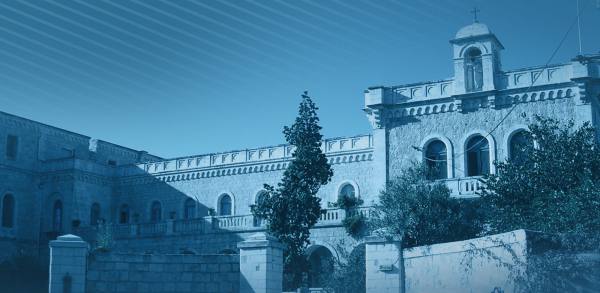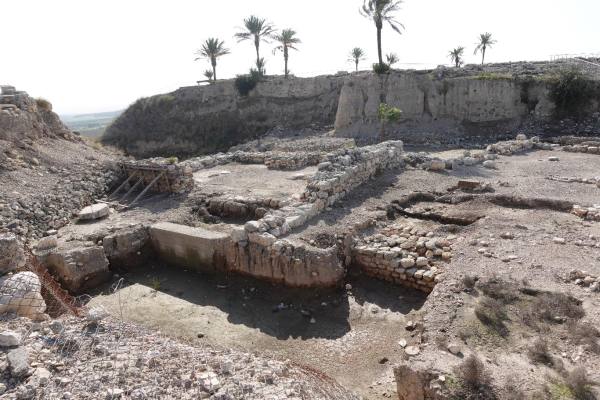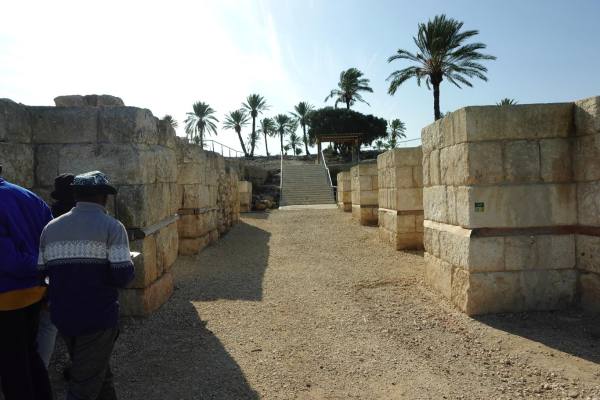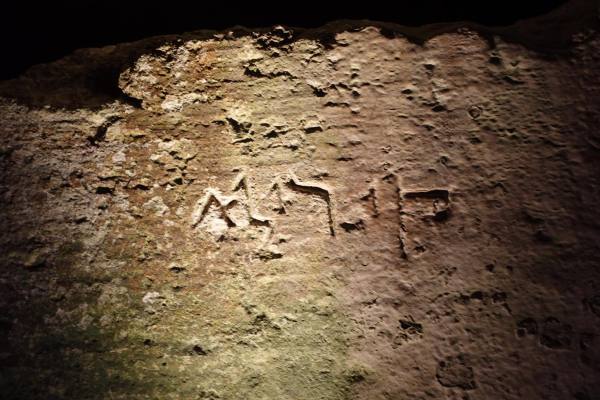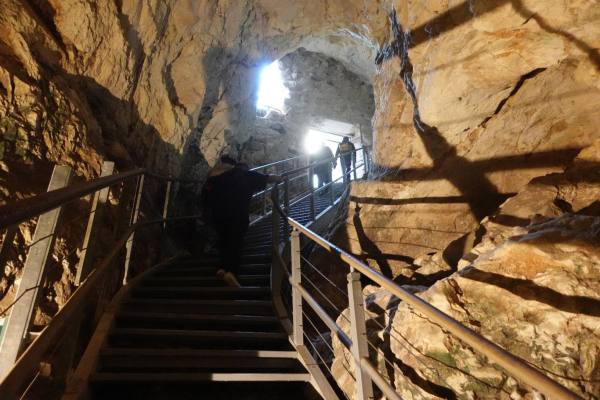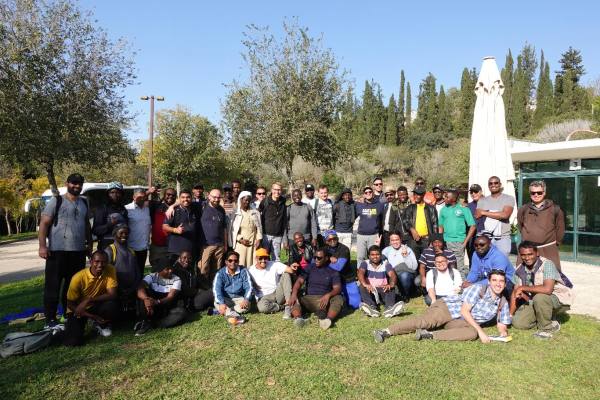
Beyond the Battlefield: A Fascinating Encounter with Armageddon and Bet She’arim
The resumption of our archaeological excursion after an interruption during the war allows our STS to delve again into the rich history of the Holy Land. Our visit to Har Meggido (Armageddon), a site steeped in historical significance, serves as a poignant reminder of Israel’s storied past, particularly during the reigns of Kings David and Solomon. Megiddo is a national park that is a UNESCO World Heritage Site. It is about 16 acres of ‘ Strata’, which depicts different periods and cultures like Canaanites, Israelites, and Egyptians, dating back to the Neolithic period (7th– 6th century B.C.E.). It is an important strategic place for an army and a linking trade route for various countries. Therefore, there was a huge demand for this piece of land; henceforth, many battles were held here, which made Megiddo one of the most significant battlefields.
Under the knowledgeable guidance of Prof. Yunus Demirci, our exploration commenced with an illuminating video session, setting the stage for our immersive experience. Fr. Younus emphasised the pivotal role of Megiddo as a geographical nexus, shaping the trajectory of ancient commercial routes and exerting influence over travel and trade in the Middle East. As we traversed the site, we were transported back in time, envisioning the strategic importance of Megiddo as a coveted prize for kings vying for supremacy.
Megiddo was mentioned in several places in the Bible, including the New Testament. According to the Book of Revelation 16:16, it is in Megiddo that the most significant battle between God and evil will take place, after which God’s reign proceeds on earth. Upon reaching the site, we spotted many things to view, like the great Canaanite gate, the gate of Israel, the remains of palaces and temples, and the erected cultic stones for rituals, public granaries, reservoirs, stables, water systems, etc. The views of different strata from the excavations clearly indicate that it is ‘ a tomb of histories.’ I found the remnants of the “Northern Palace” and the “Water System” most fascinating.
The Northern Palace, which was King Solomon’s spectacular project and dates back to the Solomonic era, is described in the book of 1 Kings. Nonetheless, a few academics propose it was during the reign of King Ahab. A unique subterranean tunnel built by the Israelites for the water system demonstrates their prudence and wisdom. They have dug this huge tunnel to bring the water into the cistern from the outside of the walls. Therefore, during attacks, enemies cannot deprive them of water. Megiddo is known for its greatest war between Egyptians and Assyrians, and the former emerged victorious. According to 2 Kings 23:29– 30, King Josiah of Judah was killed by Egyptian King Neco. He reigned over the region for several years.
Armageddon has become synonymous with doomsday scenarios and apocalyptic fiction in popular culture, inspiring countless works of literature, film, and art. Yet, amid the spectre of impending doom, there remains a glimmer of hope—a belief that even in the darkest hour, humanity possesses the resilience and ingenuity to overcome adversity.
Later, we visited ‘ Bet She’arim’, which is a UNESCO World Heritage Site, and the ancient Catacombs dating back to the 3rd century. They are all the ancient Israelite tombs; among them is the tomb of Rabbi Yehuda Hanasi, who compiled the Mishnah. After the death of the Rabbi, many are all the ancient Israelite tombs; among them is the tomb of Rabbi Yehuda Hanasi, who compiled the Mishnah. After the death of the Rabbi, many Jews who considered this Rabbi a saint wanted to be buried near him. Therefore, several Israelites were buried here. What is most interesting is the different styles of burials and the use of techniques and arts to prepare the tombs and coffins. There are stoned coffins, marble coffins, wooden coffins, clay coffins, and lead coffins. It consists of 30 different catacombs. Entering through the narrow door of the catacombs, reaching the spacious caves, and watching the unfolded reality made me think for a minute and reminded me of Psalm 49:11–12, which explains that wise and foolish, rich or poor, all will perish. We returned to our house in the evening, filled with wisdom and content.
Br. Kranthiraj Somireddi, SDB
